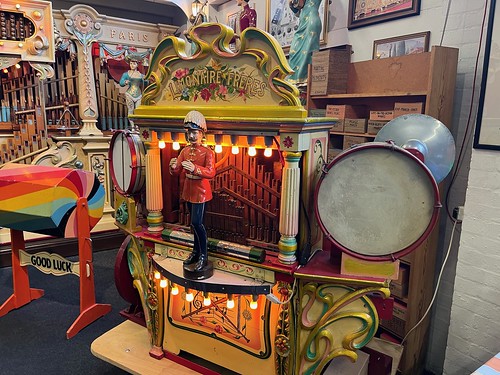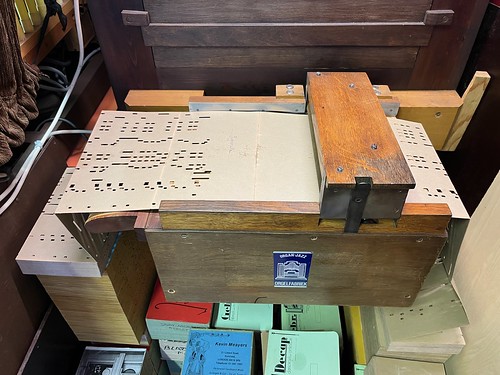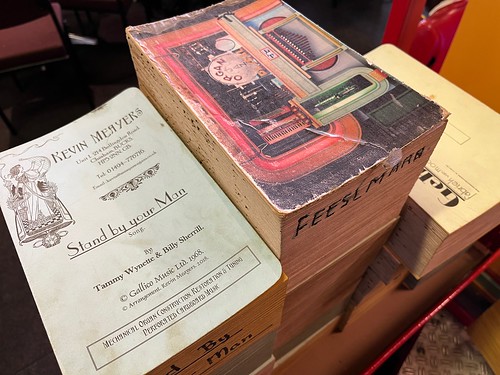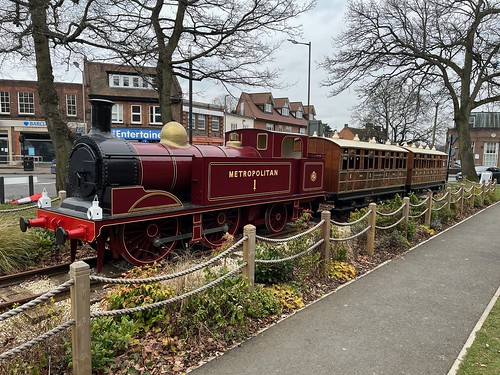I’ve been spending a lot of time on the boat lately, and am happy to report that engine is now running again! (Pause for wild applause.) Also, the new batteries are installed and the new alternator seems to be functioning, even if the digital battery monitor isn’t exactly reporting that fact correctly. And I finally fixed the cracked and crappy top of the sliding hatch that covers the main entryway, which has been cracked and crappy since the day I bought the boat (there's no sense rushing into these things). And if it ever warms up properly I may make a dent in the exterior paint touch-ups that I started but had to abandon until the temperature outside cooperates. I know that compared to the reported -38 degrees from Saskatchewan a few weeks ago, I’ve got nothing to complain about. But that doesn’t change the fact that the rust treatment I applied to the back deck on a Wednesday was still not completely cured by the following Sunday.
So yeah, I've been doing a lot on the boat. But it's also quite easy to get busy with that for days on end and then suddenly realise that it's really time to get out and interact with other actual humans instead of just engine parts. Luckily, I'm on a few mailing lists that drop a tantalising rotation of diversions into my inbox every week (Thank you IanVisits). And that's how I found the Amersham Fair Organ Museum.
Amersham is a leafy Metroland suburb at the nether reaches of the Metropolitan line, and is home to the Amersham Fair Organ Museum, a collection of mechanical fairground organs tucked into a small industrial building next to a removals company and a crossfit gym. Run by volunteers, it falls squarely into the Small-But-Plucky category of museum also inhabited by the likes of the Pumphouse Museum and the Beatles Museum. Once each month, the good people of AFOM open the doors, turn on the tea urn, and crank up the machines, making it a perfectly bloggy destination for a grey Sunday.
Mechanical organs, as any Astute Go Stay Work Play Live Reader will easily deduce, are pipe organs that are played automatically by a combination of air pressure and complicated mechanisms instead of human hands and feet. They were popular on fairgrounds through the 1800s because their loud volume helped attract crowds and could be heard over the general din of people and fairground machinery. They remained a fixture until electrically amplified music started to take over in the 1920s. Luckily, many have survived thanks to dedicated collectors such as the good folks of the Amersham Fairground Organ Museum. (In fact, there are apparently SEVEN collections of fairground organs in the UK alone. Who knew?)
At first, mechanical organs operated sort of like giant music boxes, with rotating barrels covered with pins used to direct to air from mechanical bellows to the various pipes. Known as "barrel organs", these devices were cumbersome because changing the tune meant replacing the entire pinned barrel completely - a costly proposition. The barrels were also large and heavy to store. Other systems used paper rolls like a player piano, but they were fragile and required careful handling. To alleviate the shortcomings of these two systems, the Gavioli company patented a system of heavy cardboard pages linked together in accordion style which operated like a computer punchcard or a Jacquard loom. The Amersham museum has a LOT of these books.
I was surprised to see that the organs didn't simply feature air pushed through traditional organ pipes, but also included percussion! The same air pressure that moves past reeds in the pipes to create different instrumentation and pitches is also used to operate tiny bellows that move drumsticks!
The same air pressure also operates cymbals, hi-hats, bass drums and other assorted percussion. And you may have noticed the little conductor man in front of the Limonaire organ in the photo above. Naturally, he waves his arms in time with the music.
The complexity and decoration of these machines was fantastic and right up my alley. As was the the enormous woodstove that was cranking out heat on an unseasonably cold and grey Sunday afternoon. And, more importantly, the excellent selection of cakes and sandwiches on offer.
As we know, a nice hot beverage and a bit of cake is a vital component to a successful bloggy day out, so I was kicking myself when I discovered that the AFOM did not have a card reader, and I did not have cash. This necessitated a long walk almost all the way back to the station to what appeared to be the only cash machine in Amersham. And then all the way back. Luckily it was a good sandwich (brie, bacon and red onion marmalade, for those keeping track at home) which I of course supplemented with a credible piece of lemon drizzle cake, and a really really good cup of tea, so all was forgiven.
As the afternoon progressed, each organ in the room got its air time. Of course I missed a few while on my quest for hard currency, but there were still plenty in the queue when I got back. And the closer I looked, the more curious I became about how the relatively few "lines" in the cardboard music books could control so many different elements. I'd hoped that there'd be some explanatory text on display, or perhaps a break in the action for a bit of technical Q&A, but that's not how they roll at AFOM. Instead I had to flag down a friendly volunteer to get an explanation.
Luckily, Paul The Volunteer was very friendly and managed to shout some information over the din of the nearby organ. Better still, HE LET ME BEHIND THE VELVET ROPE and opened up the back of an organ while it was playing to show me how hundreds of air lines are routed through the machine.
Paul did really know his stuff. As we watched the cards being fed into the machine he could call out what was coming, "Drum roll here. Here come the piccolos..." etc. And, pleasingly, the higher pitched elements were at the top of the page and the lower ones further down, with the percussion at the bottom, which is obviously how it should be. Plus, and I simply can't overstate this enough, HE LET ME BEHIND THE VELVET ROPE. So he definitely wins a GSWPL Award of Merit.
Also pleasing is the fact that many of these organs have been restored to life by a company just down the road in Chesham. Kevin Meayers Organs has been in business since 1984 and not only restores and repairs mechanical organs, but builds new ones too. It frankly did not occur to me that, in the age of Spotify, anyone would still be making new mechanical organs from scratch, but Kevin Meayers will happily take that on. They also manufacture blank cardboard books for perforation, and create arrangements of new music as well, perforating the books on site with fantastic machines like this.
The last organ in the round-the-room tour was a bit different. While all the others in the collection were a category I'm calling "Mostly Pipes Plus Other Bits (MPPOB)", this one was in a more modern style, and had a lot of real instruments on it.
The best part is that all those instruments were not just for show - they were all really playing! The accordion opened and closed and you could see the keys depressing. This makes a lot of sense, because the accordion is a natively bellows-operated thing to begin with, but the moving keys... that was lovely. And there's the line of little mallets played the xylophone. Even the saxophone had tiny wire linkages working the keys. My favourite, though, was the quartet of coconut things. They had a lot of personality for a collection of pneumatically-actuated smackers and hollow wooden shells. This organ was a definite highlight, which I lovingly videoed for the good of the blog:
By the time I'd had my fill of the ghost accordion, I felt like I'd fully embraced the entirety of the Amersham Fairground Organ Museum experience, lemon drizzle cake and all. On the way back to the station I made a quick stop at the half scale model of the Metropolitan One steam locomotive as a nod to the Metroland origins of Amersham. (Yeah, now you see that you really should have clicked on that Metroland link at the beginning. I put effort into those links you know!)
And because it was going to be a long trip back to the boat, I did the only sensible thing and made a pitstop in Harrow-on-the-Hill between the tube and bus portions of the journey. It just made sense.
In other GSWPL-related news... positively SEISMIC changes are afoot here, but I'm saving that news for another blog. Meanwhile, enjoy posts when they appear, which I know is less and less frequently, but as I like to remind everyone, I've now been blogging somewhere-or-other for more than fourteen years. So really, be thankful I'm still here at all, that's all I'm gonna say.













